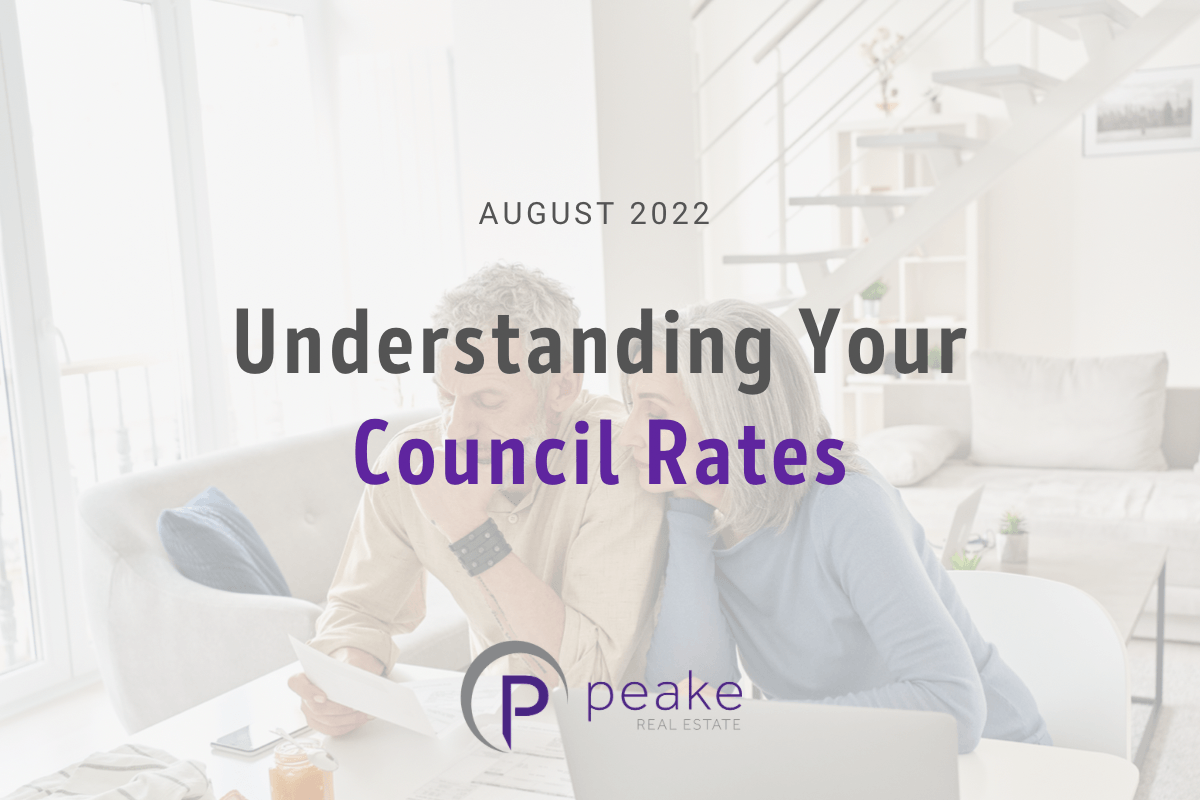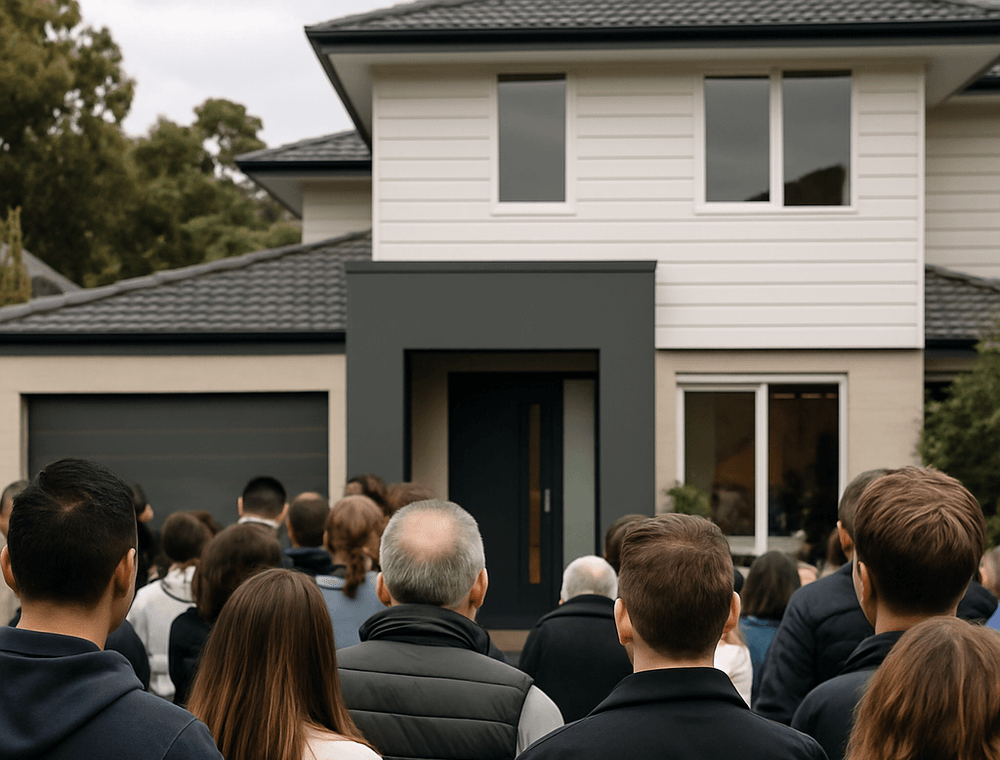All local homeowners will have recently received their rates notice from their respective local council. Many rates notice will include an increase in price.
Rates are determined by two factors: the local council budget and a valuation of your property.
Each year your local council sets a budget to determine the cost of delivering services and programs to the local community. Should your local council increase their budget then the cost of your rates will also increase.
The second factor in determining price is the property valuation. Valuations are undertaken annually in accordance with the Victorian Government’s Valuation of Land Act (1960). The valuation process is centralised with the Victorian Valuer-General responsible for the undertaking of all valuations in Victoria. The new figure (Capital Improved Value or CIV) is clearly identified on rates notices and is based on an assessment or calculation given by qualified valuers that considers factors such as house location, land size, building or apartment size, and estimated condition.
When a home’s value has increased more than the local residential property average, an increase in rates will reflect more than the local council’s budget increase.
Councils also collect the fire services property levy on behalf of the State Revenue Office. All Victorian property owners pay an annual levy via council rates to support emergency services.
Whilst council rates often seem to be an expensive outlay, they help connect to people and places, supporting strong communities and local businesses.
Many homeowners are excited to learn that their property is worth more than the council’s opinion. To find out how the current market value of your home compares with the council’s Capital Improved Value, please contact me anytime for a complementary comparison.



